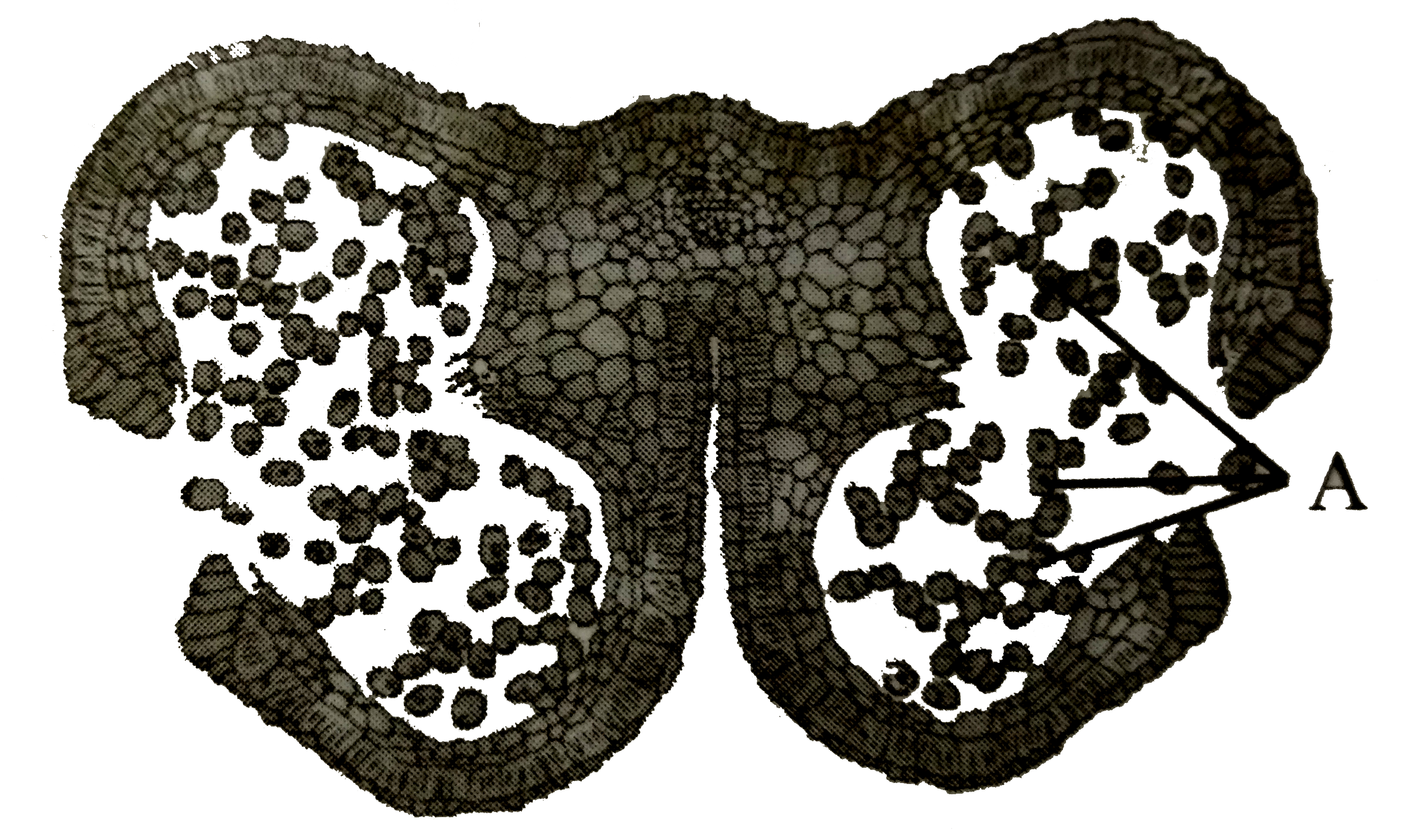Write down the main conclusion of law of dominance.
Step-by-Step Solution:
1. Introduction to Law of Dominance: The Law of Dominance was proposed by Gregor Mendel based on his experiments with pea plants, particularly focusing on the inheritance of traits such as height.
2. Crossing of Pea Plants: Mendel conducted a cross between a pure tall plant (homozygous dominant, TT) and a pure dwarf plant (homozygous recessive, tt).
3. Observation of F1 Generation: In the first filial generation (F1), all offspring were tall (Tt). This indicated that the tall trait was dominant over the dwarf trait.
4. Self-Crossing of F1 Generation: Mendel then self-crossed the F1 progeny (Tt x Tt).
5. Observation of F2 Generation: In the second filial generation (F2), he observed a phenotypic ratio of 3 tall plants to 1 dwarf plant (3:1). This showed that both traits were expressed in the F2 generation.
6. Conclusions Drawn by Mendel:
- First Conclusion: Traits are controlled by discrete units called factors (now known as genes).
- Second Conclusion: These factors occur in pairs (alleles), which can be either homozygous (both alleles the same) or heterozygous (different alleles).
- Third Conclusion: In a pair of dissimilar factors, one factor (the dominant allele) will mask the expression of the other factor (the recessive allele).
Main Conclusion of Law of Dominance:
The main conclusion of the Law of Dominance is that when two different alleles are present for a trait, one allele (the dominant one) will express itself, while the other allele (the recessive one) will be masked in the phenotype of the organism.
---
- First Conclusion: Traits are controlled by discrete units called factors (now known as genes).
- Second Conclusion: These factors occur in pairs (alleles), which can be either homozygous (both alleles the same) or heterozygous (different alleles).
- Third Conclusion: In a pair of dissimilar factors, one factor (the dominant allele) will mask the expression of the other factor (the recessive allele).
The main conclusion of the Law of Dominance is that when two different alleles are present for a trait, one allele (the dominant one) will express itself, while the other allele (the recessive one) will be masked in the phenotype of the organism.
Topper's Solved these Questions
- EXCRETORY PRODUCTS AND THEIR ELIMINATIONBOOK - ALLENCHAPTER - EXCRETORY PRODUCTS AND THEIR ELIMINATIONEXERCISE - S
21 Videos
- GENETICS & MOLECULAR BASIS OF INHERITANCE AND MUTATIONBOOK - ALLENCHAPTER - GENETICS & MOLECULAR BASIS OF INHERITANCE AND MUTATIONEXERCISE - EXERCISE-IV (ASSERTION & REASON)
144 Videos
Similar Questions
Knowledge Check
Write down all the factors of:
140A1,2,4,5,7,14,14,20,29,35,70,140B1,2,3,5,7,10,14,27,28,35,60,142C1,2,4,5,7,10,14,20,28,35,70,140D1,2,4,5,7,10,14,20,26,38,70,140Write down all the factors of:
32A1,2,14,8,16,32B1,2,4,8,16,36C1,2,4,8,26,32D1,2,4,8,16,32
Write down the main component of biogas plant.
View SolutionWrite the two main functions of leaves.
View Solution
Write down the name of point A
View SolutionWrite the main conclusions drawn from the observations of fountain experiment with hydrogen chloride.
View SolutionWhich of the following statement confirm the law of dominance
View SolutionWrite down the main product of the following reaction. Propanal NaOH−−−→heat
View Solution
